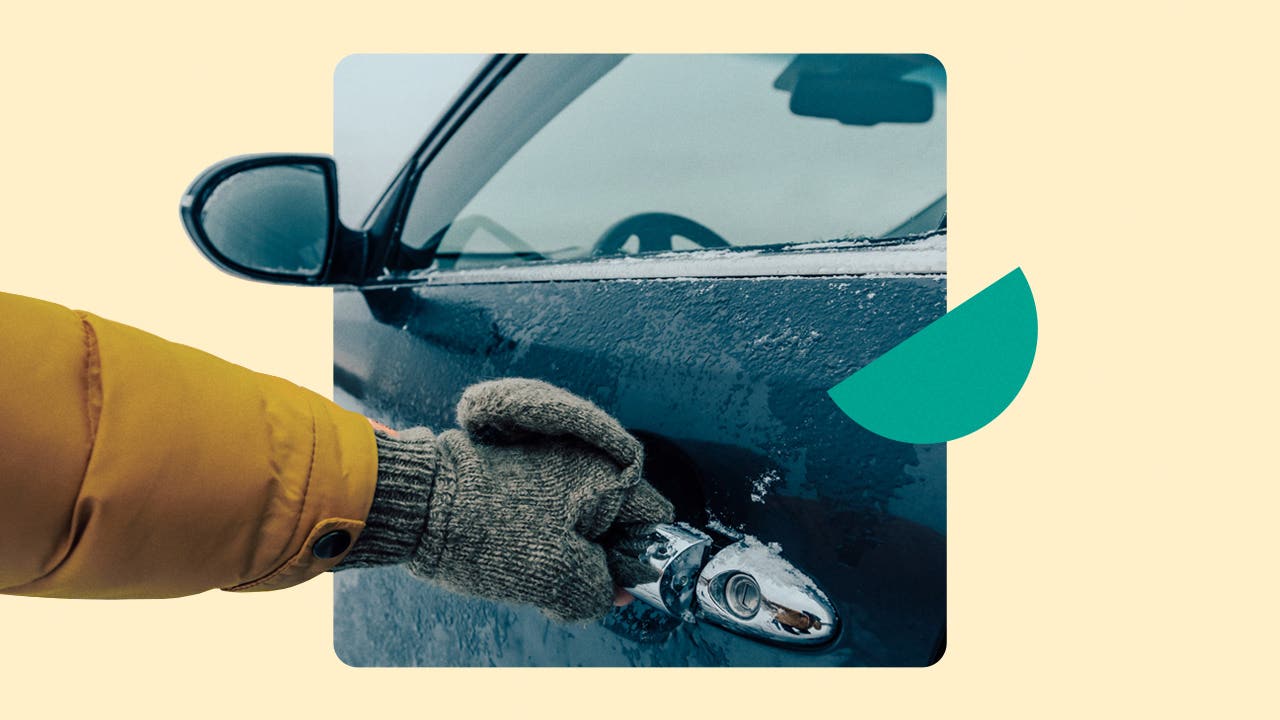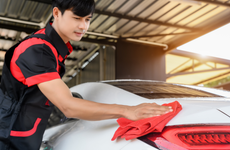How to prepare your car for winter weather

The Bankrate promise
At Bankrate we strive to help you make smarter financial decisions. While we adhere to strict , this post may contain references to products from our partners. Here's an explanation for .
Key takeaways
- It is essential to get your vehicle ready to handle the colder weather before it starts snowing.
- Equip your vehicle with an emergency kit so you can stay safe if you have vehicle issues while traveling.
- If it snows where you live, put on your winter tires and make sure their tread isn't too worn.
Before snow begins to fall and you set out on winter adventures, it is important to winterize your vehicle. Every year, 24 percent of weather-related driving incidents occur on snowy, slushy or icy pavement, according to the U.S. Department of Transportation. One way to offset this risk is to prep your vehicle for the conditions.
6 ways to winterize your vehicle
To keep you and your passengers safe, consider the following ways to handle driving this winter.
1. Check your tires
While checking your tires should be a part of your regular vehicle maintenance, checking them before colder weather is critical. When inspecting your tires, check your pressure and the tread’s wear.
To check the tread, you can insert a penny into the grooves between your tire treads with Lincoln’s head facing you. If you can see Lincoln’s whole head, your tires should be replaced. If a portion of the former president’s head is hidden, you are good to go.
2. Make sure your heater works
There’s little worse than a long car ride with shivering passengers. Before the weather gets frigid, try running your car heater to see if it works correctly. And replace your cabin and engine air filter if they’re due for a change — typically, that’s every 15,000 to 30,000 miles. A filthy filter can reduce the airflow reaching the heater and your passengers.
3. Create an emergency kit
If you break down during a long winter drive, emergency supplies could make the difference between inconvenience and real danger. A winter emergency kit should have items like an ice scraper, a shovel, gloves, a blanket, sand for traction, a flashlight or headlamp and a first aid kit.
4. Switch to winter wiper blades
Driving with a blocked windshield is like driving blindfolded. Switch over to winter wiper blades if winters where you live involve snow. These sturdy blades are produced with snow in mind and may help reduce streaking. Remove your old blades, stow them in a safe spot for when the snow melts and snap on the winter ones.
5. Test your car battery
As the temperature gets lower, your car’s battery gets weaker. The chemical reaction that powers the battery is hindered by cold weather. So, if your battery was already failing to charge properly, a chilly morning could keep your car from starting. Now is the time to stop by the mechanic and check your battery’s charge.
6. Inspect your car’s lights and fluids
Finally, it’s wise to give your vehicle a good once-over before the snow starts to fall. Ensure all your brake lights are properly operating and replace any burnt-out bulbs. During this inspection, also check your oil, antifreeze and wiper fluid levels.
The bottom line
No matter the season, it’s essential to consistently bring your vehicle in for maintenance. This will extend the life of your car and help you stay safe. As the holiday season and potential drives in snowy weather approach, take the appropriate steps to ensure your vehicle is ready.
Related Articles



